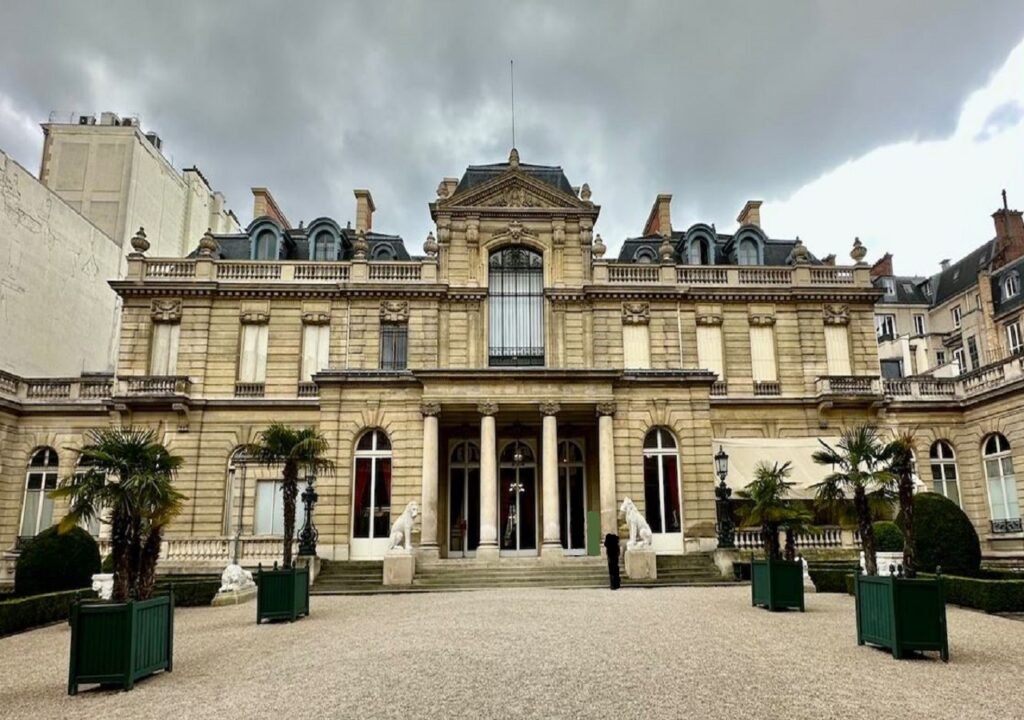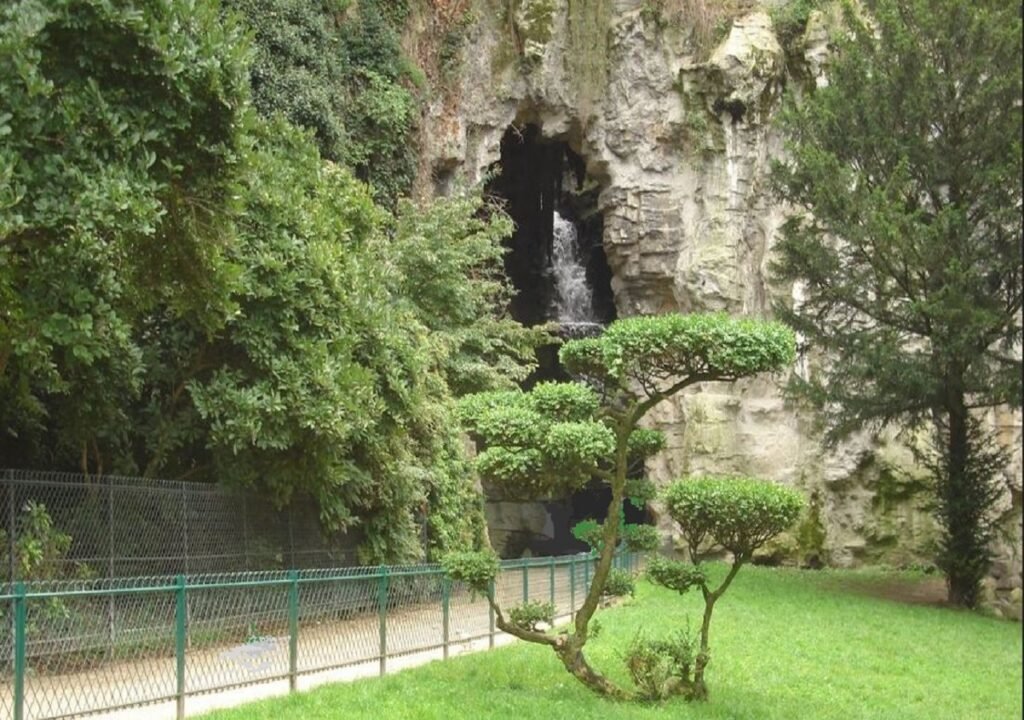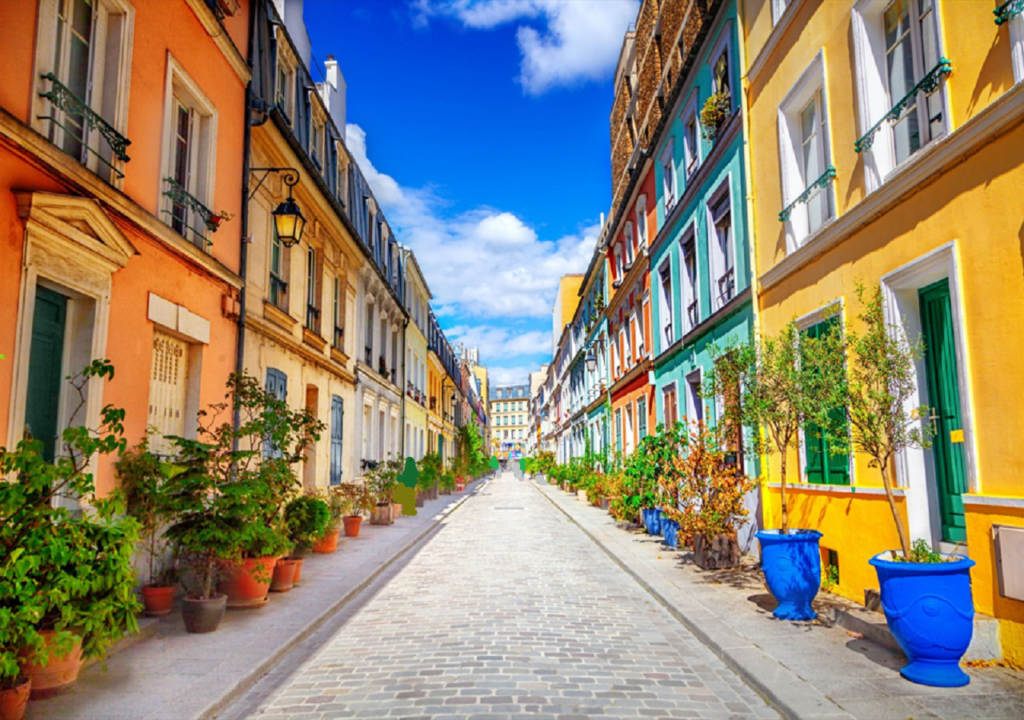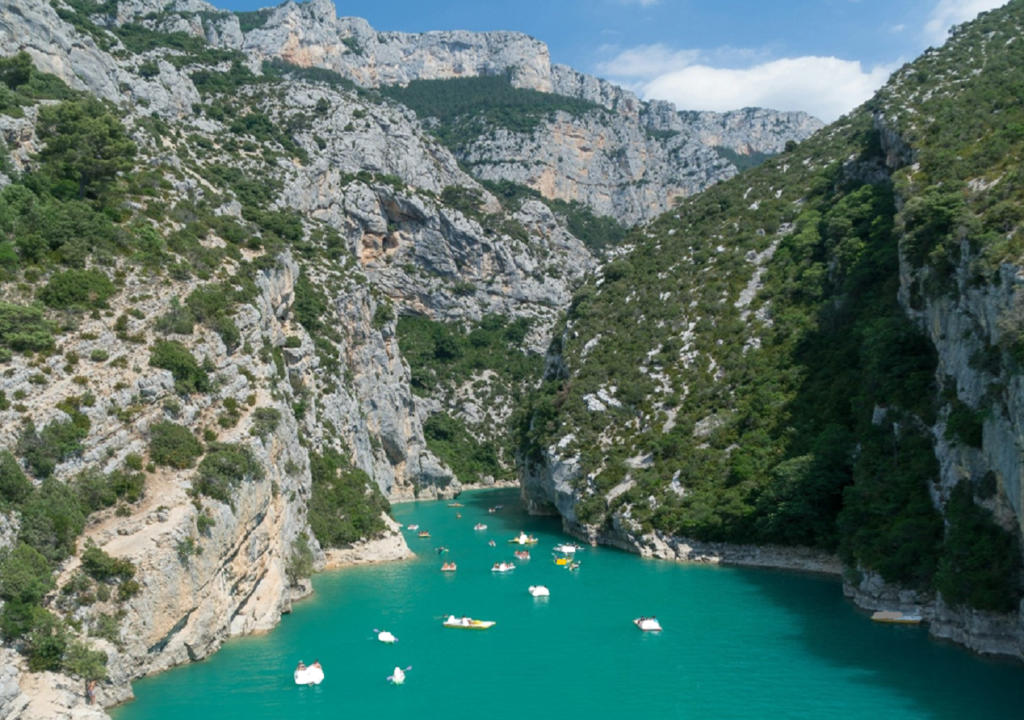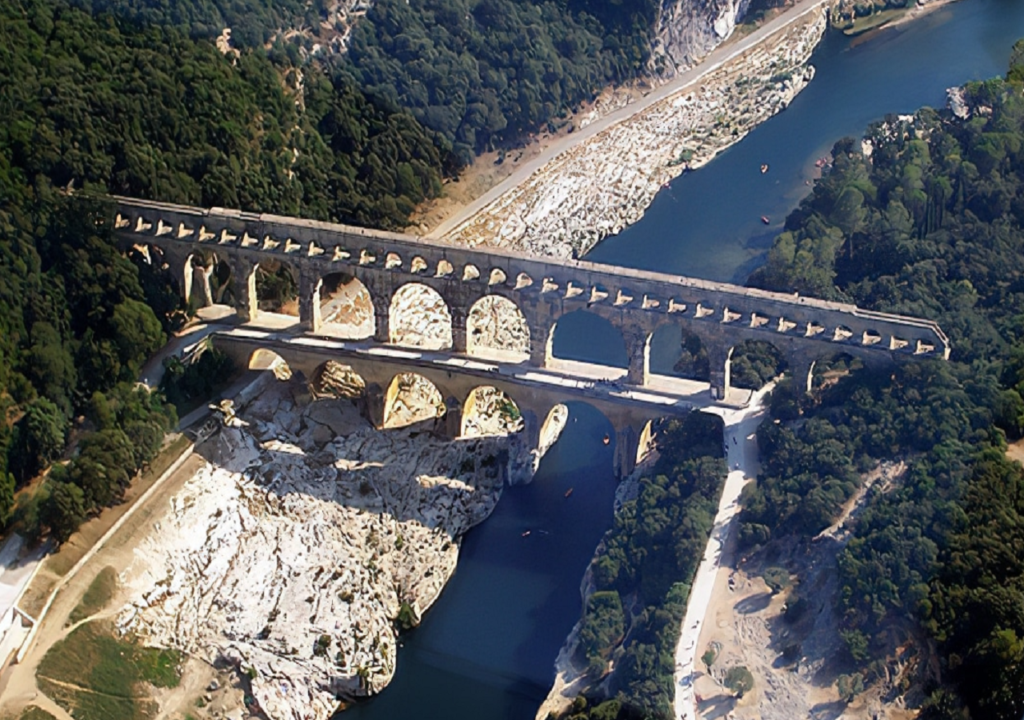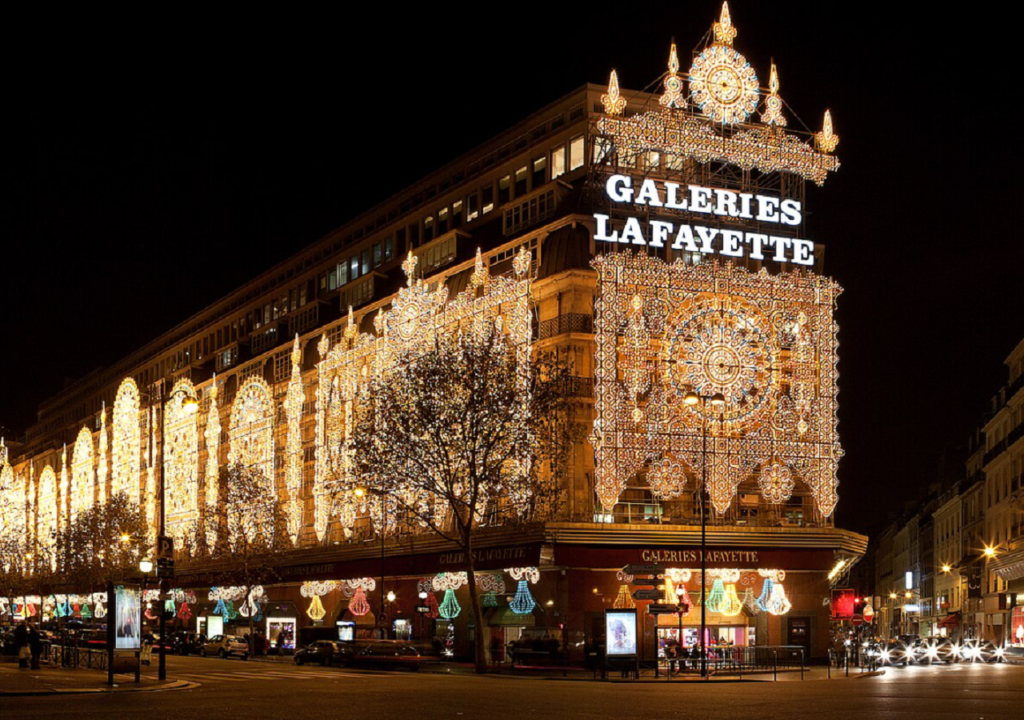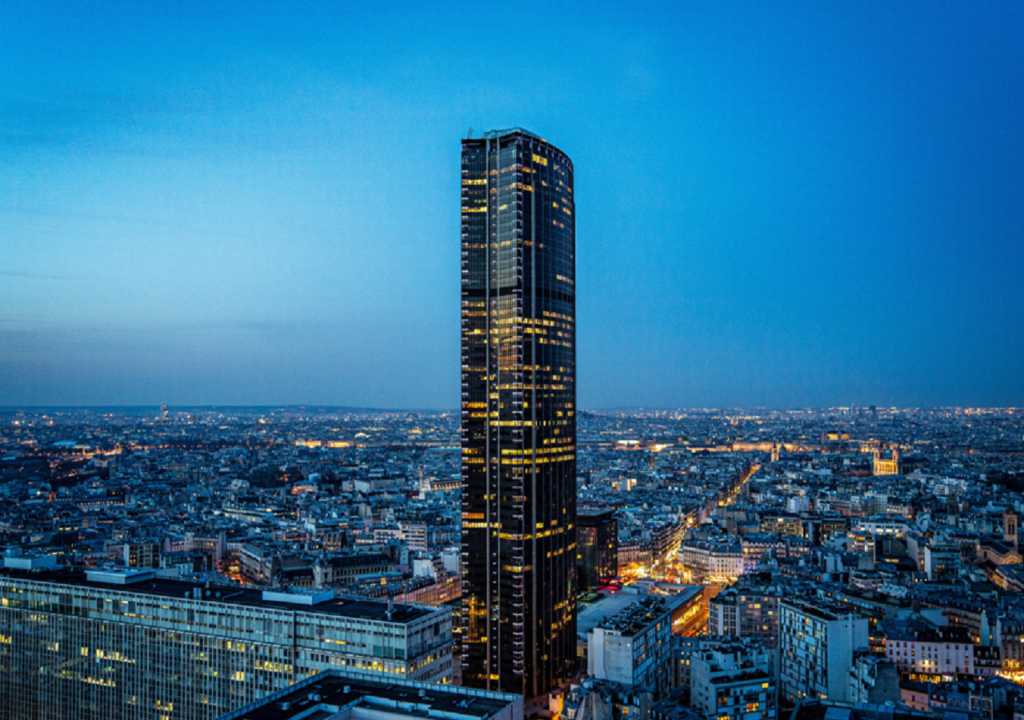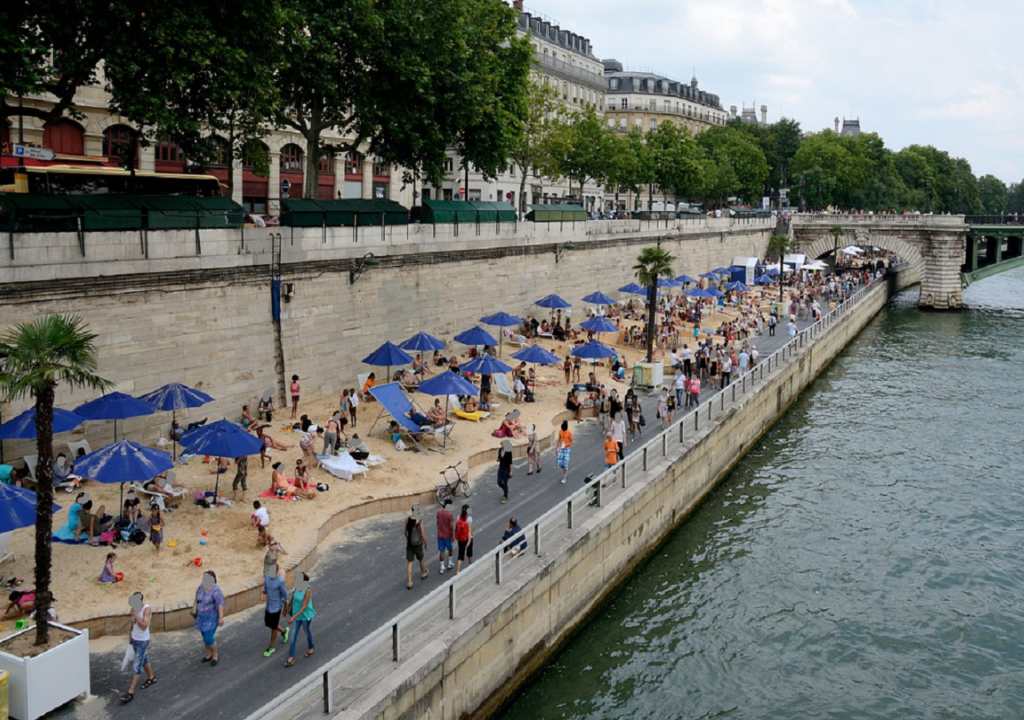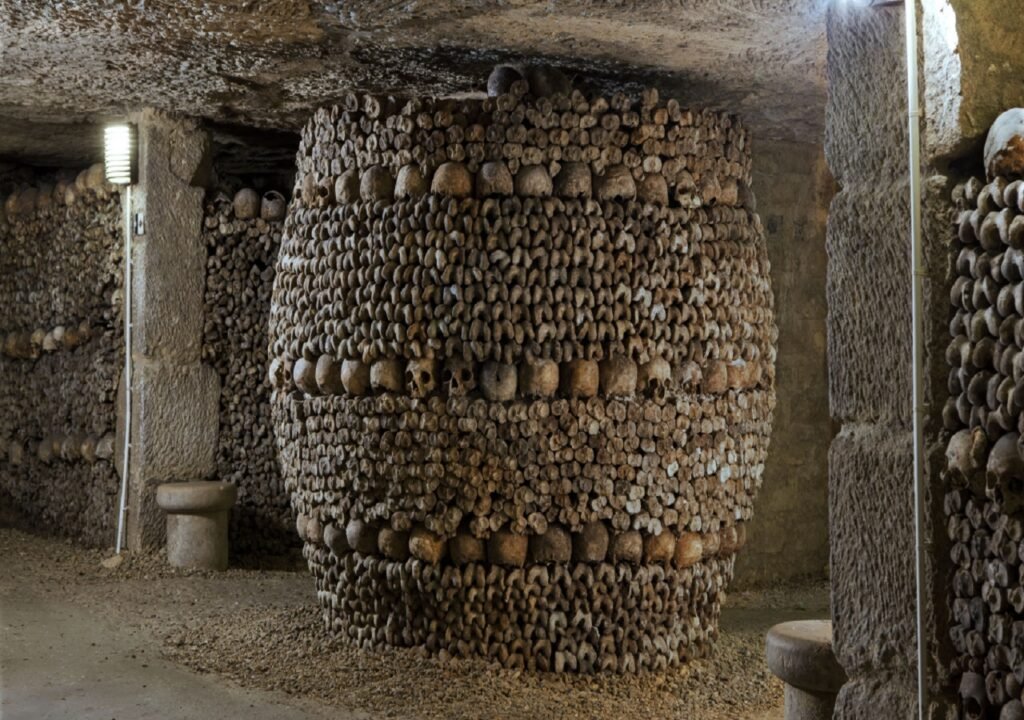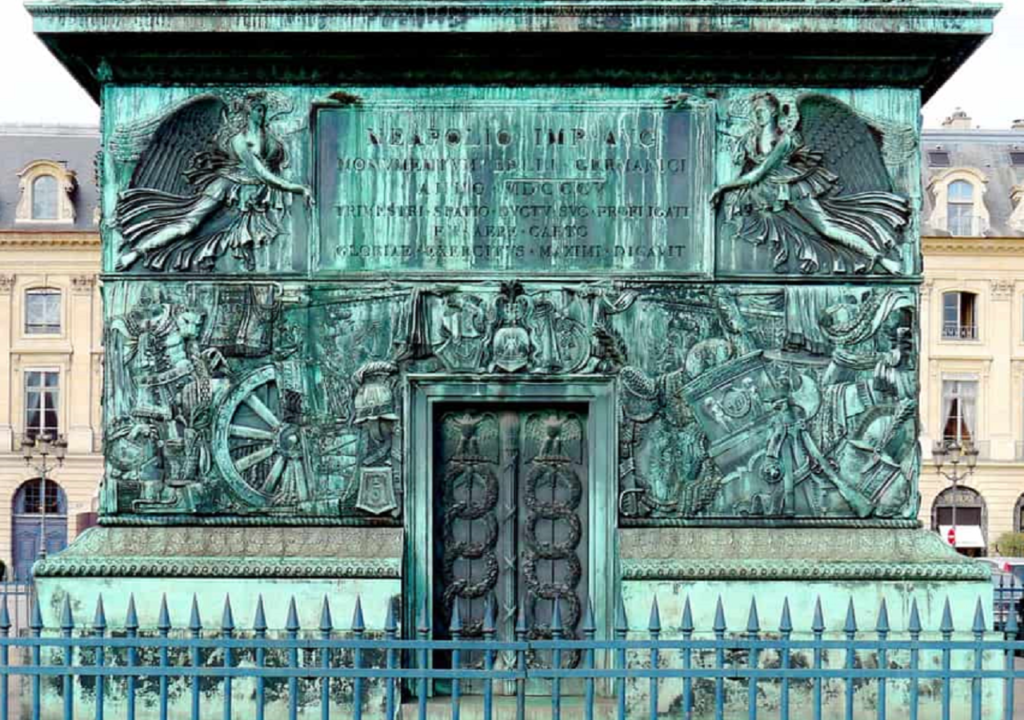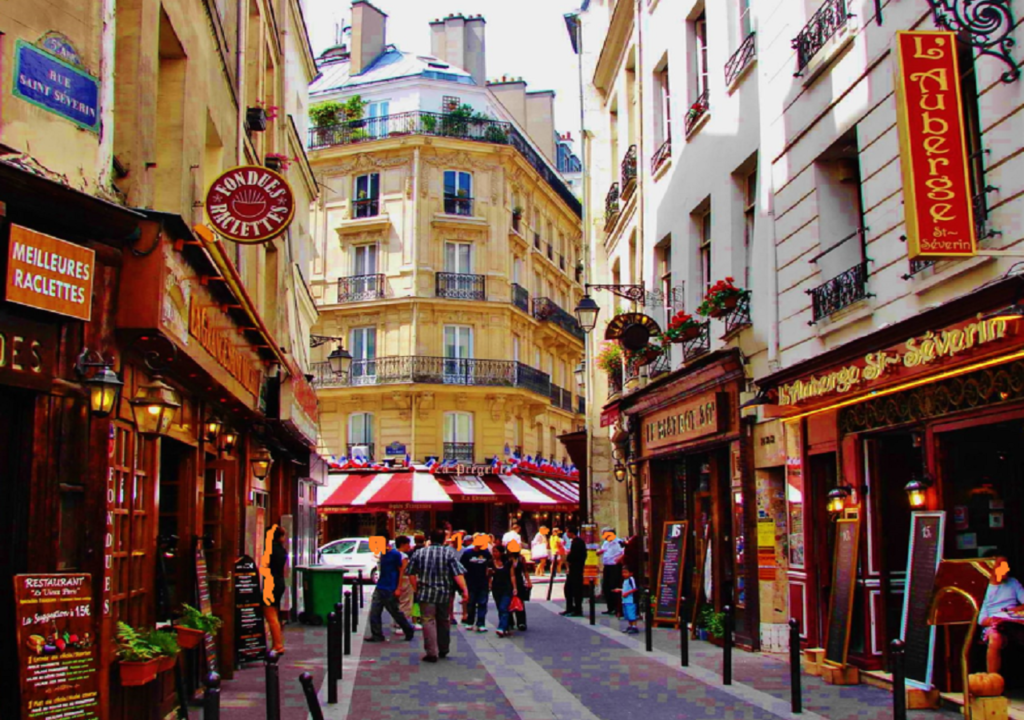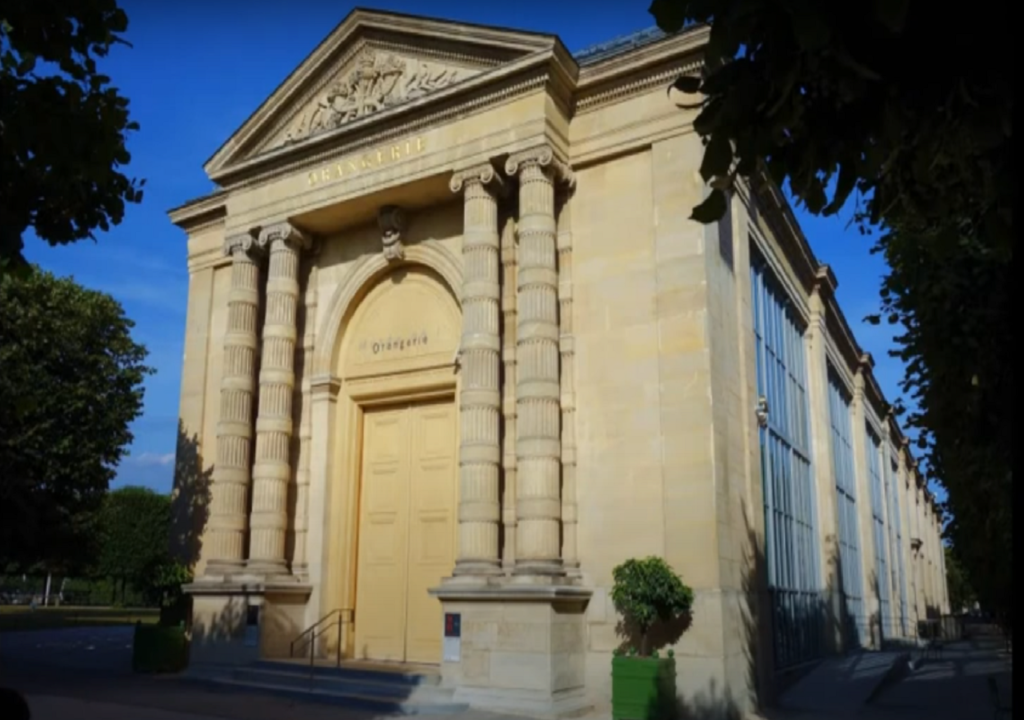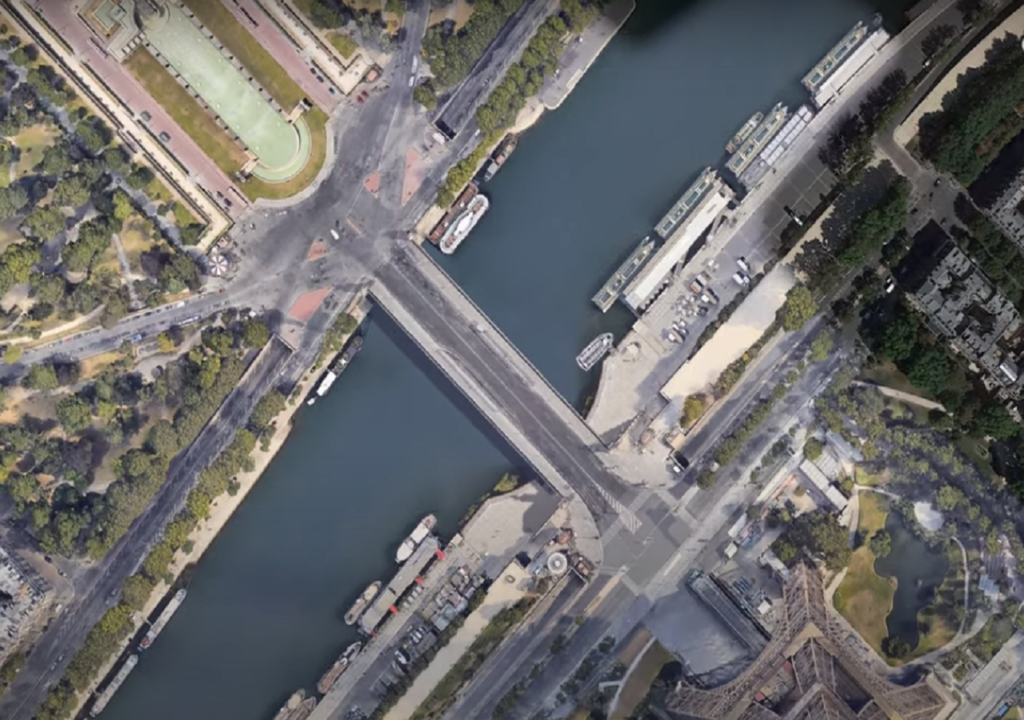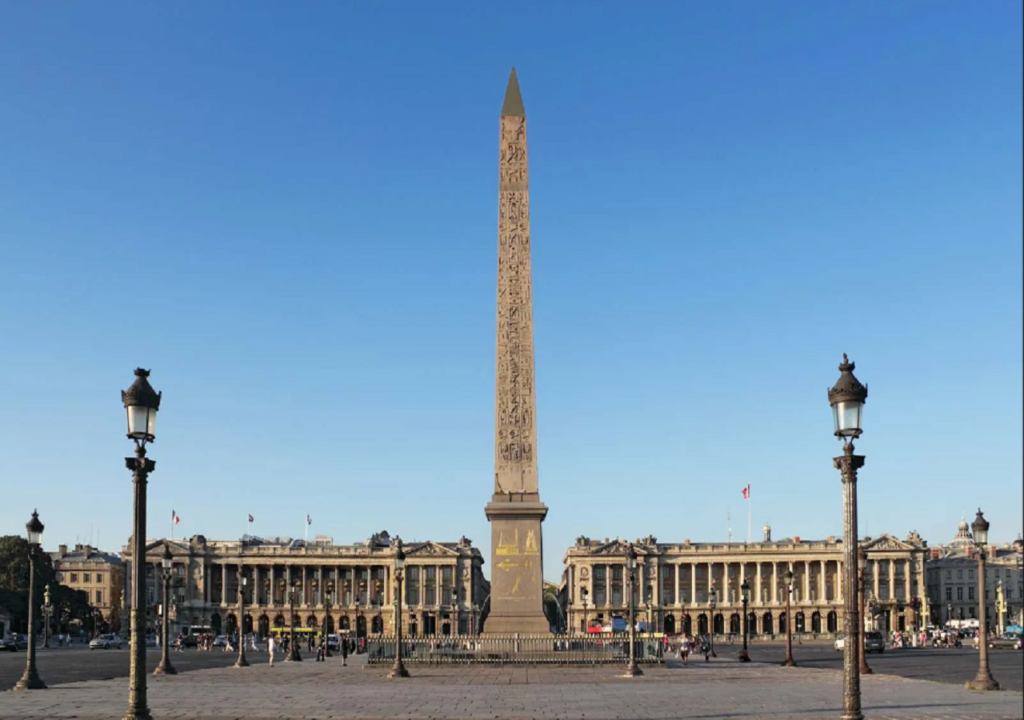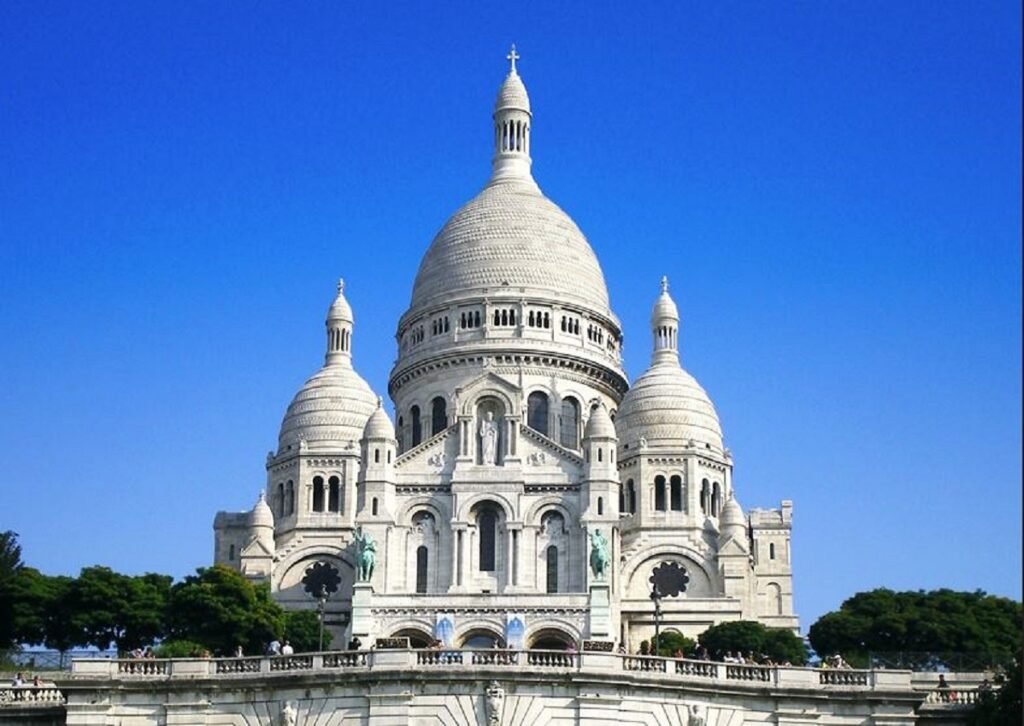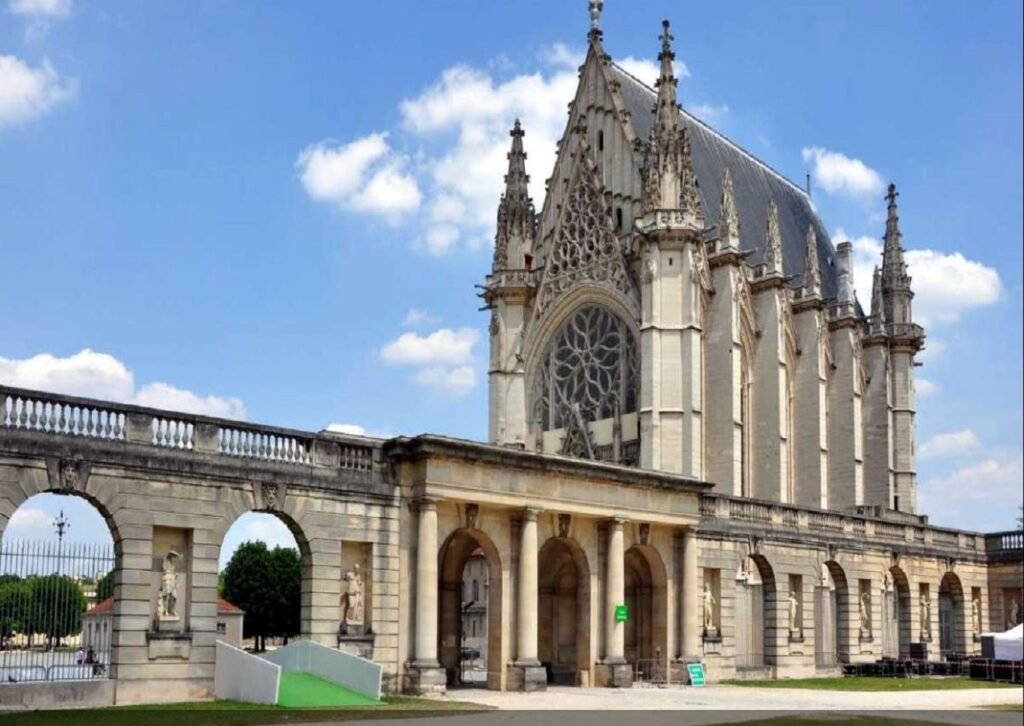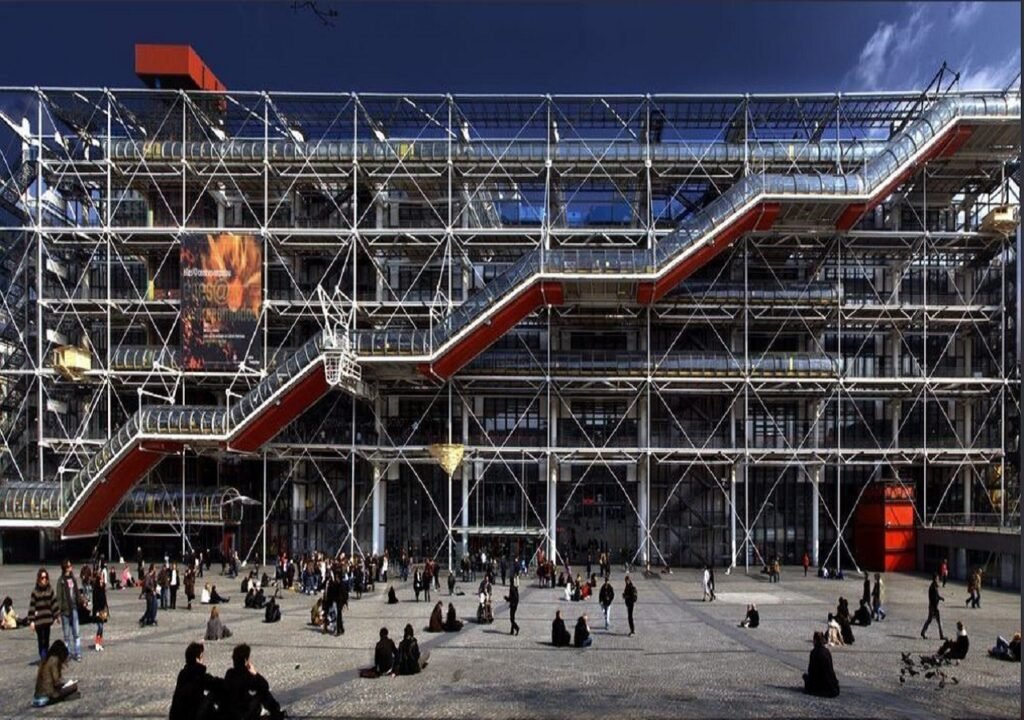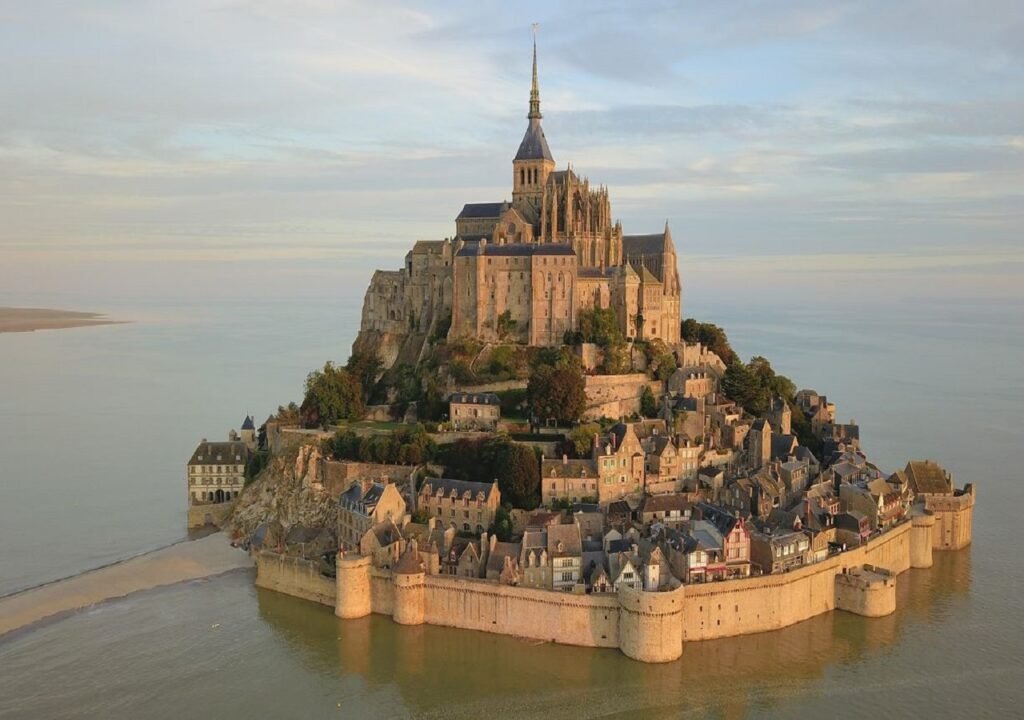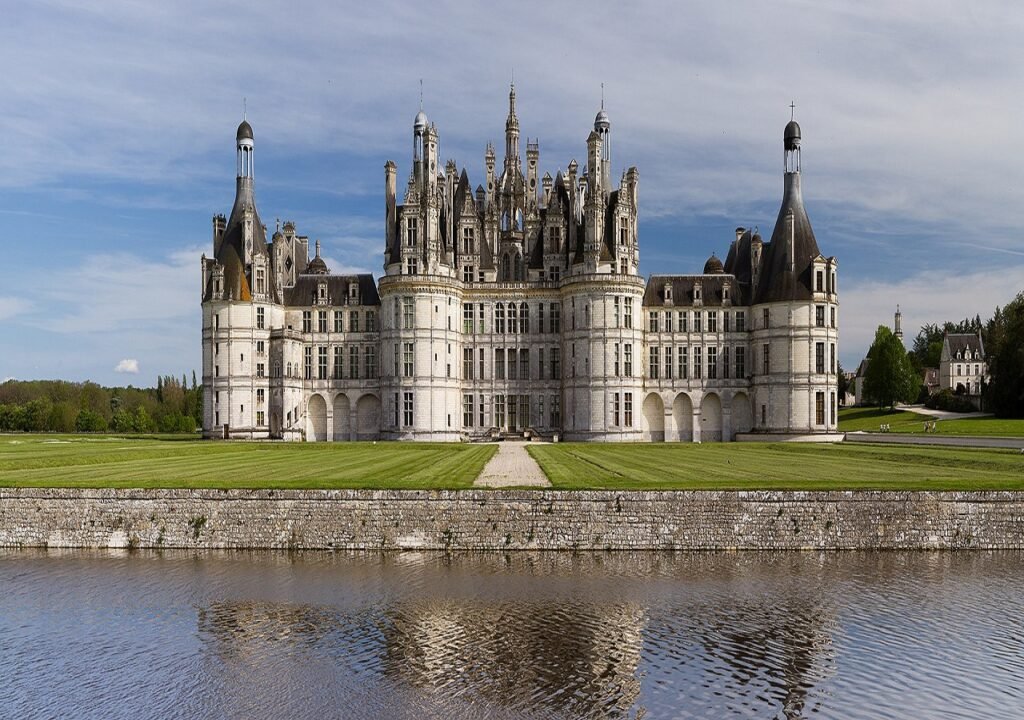Mont Saint-Michel


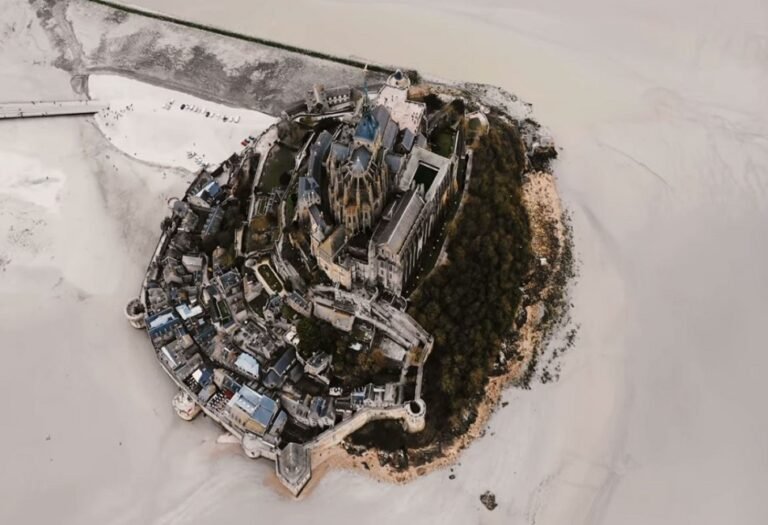
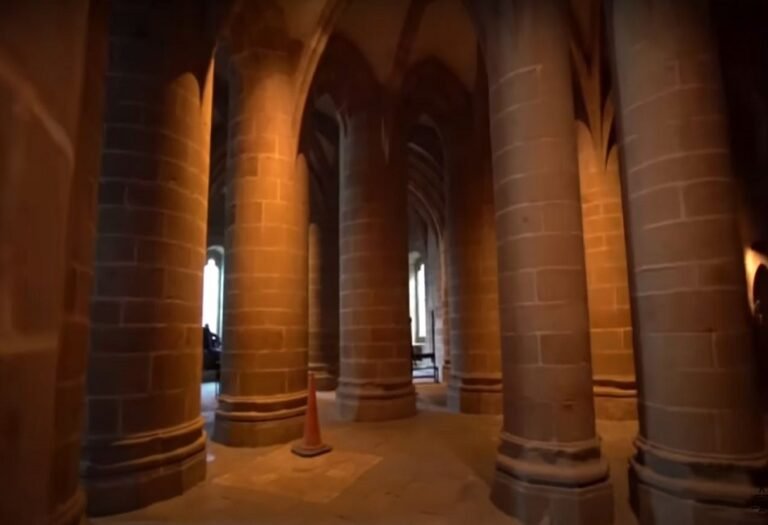
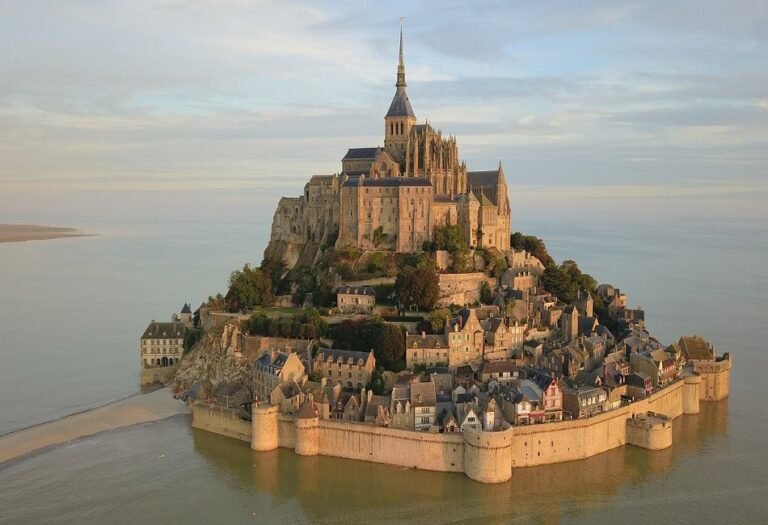
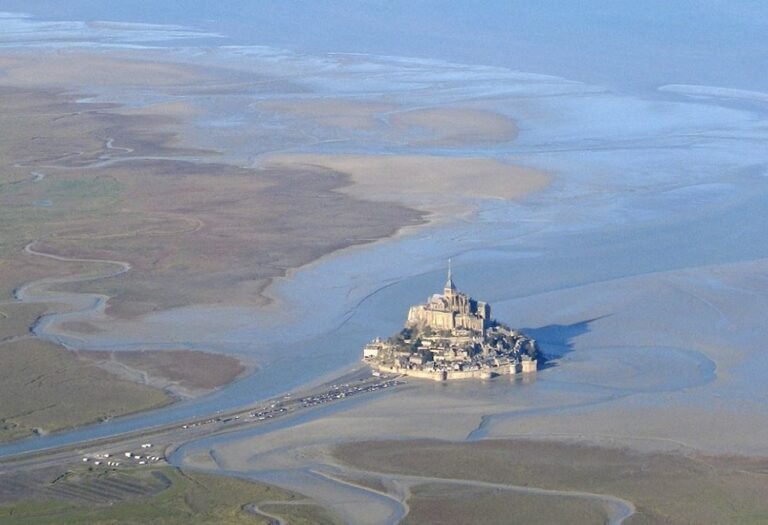
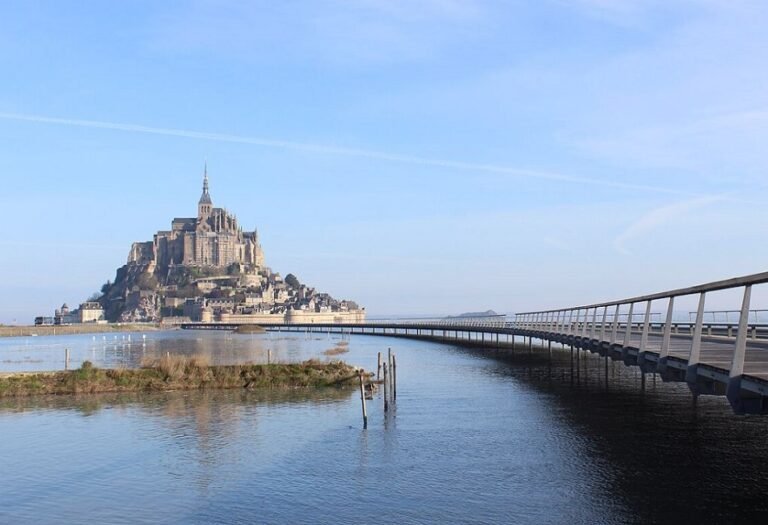
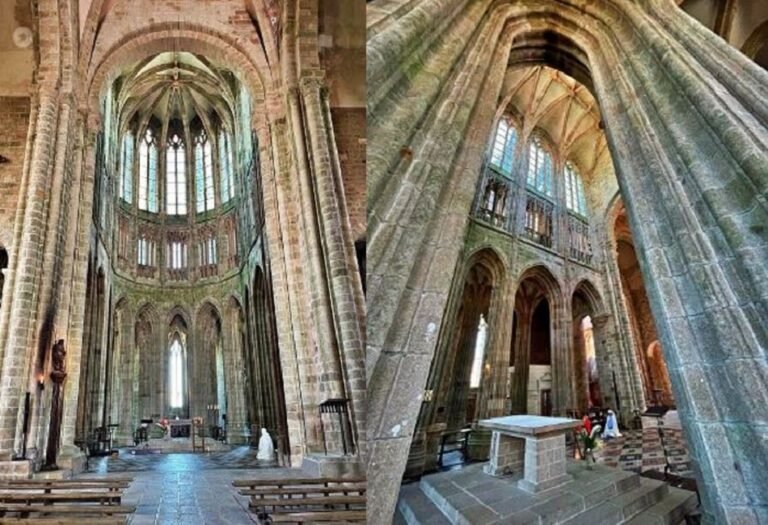
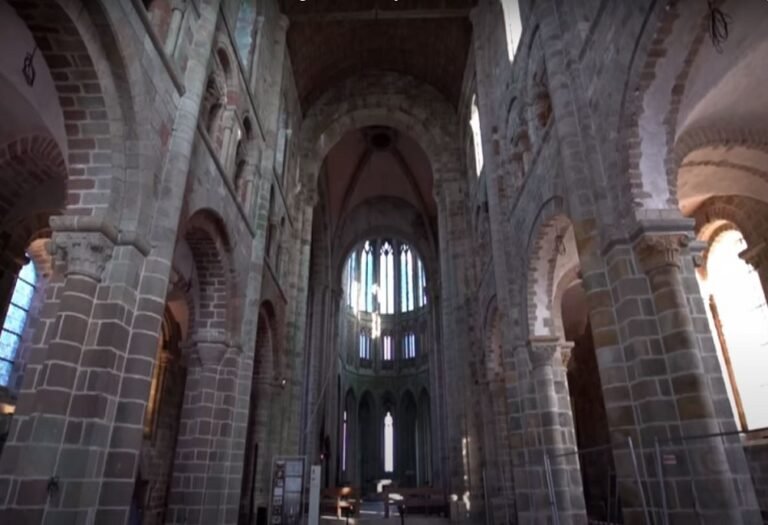

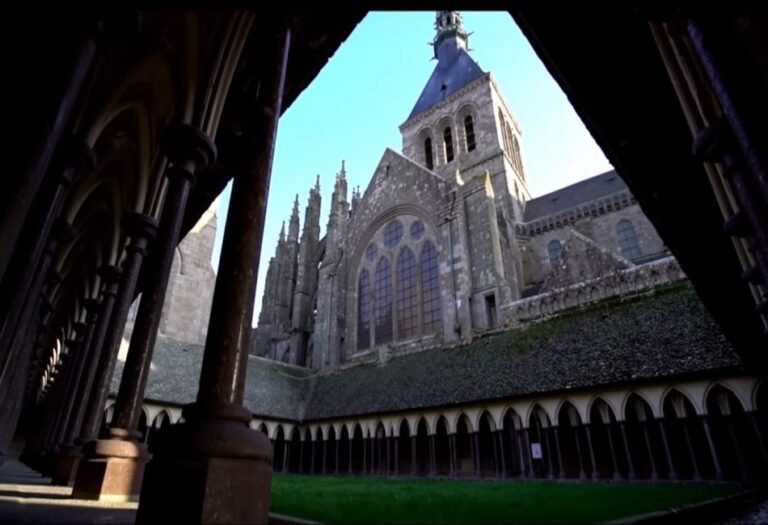
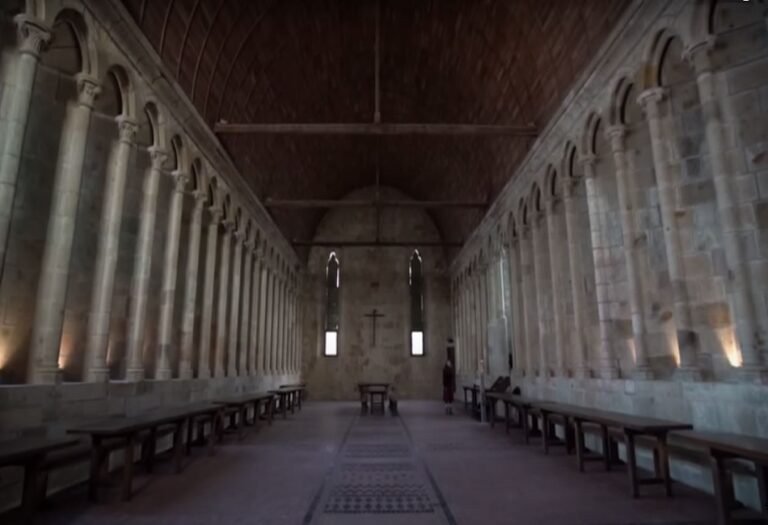
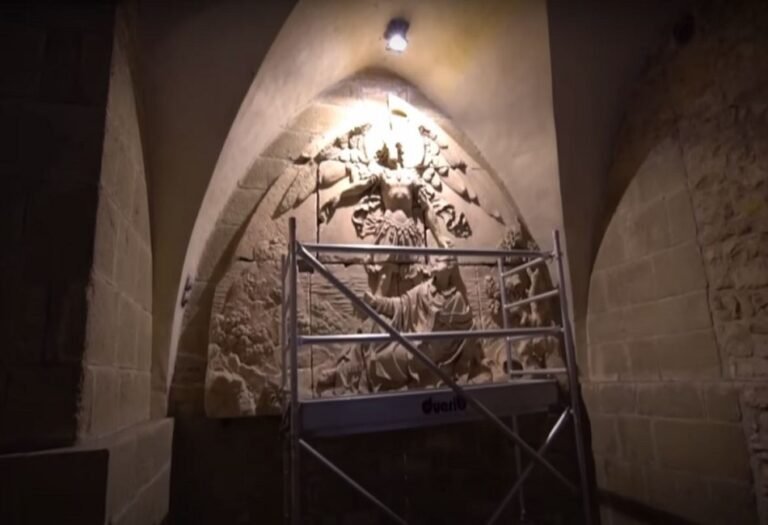
Mont Saint-Michel
Nestled on a rocky island where Normandy and Brittany meet, Mont Saint-Michel is one of France’s most iconic landmarks. Rising majestically from the surrounding tidal waters, this medieval abbey has a history as rich and captivating as its stunning architecture.
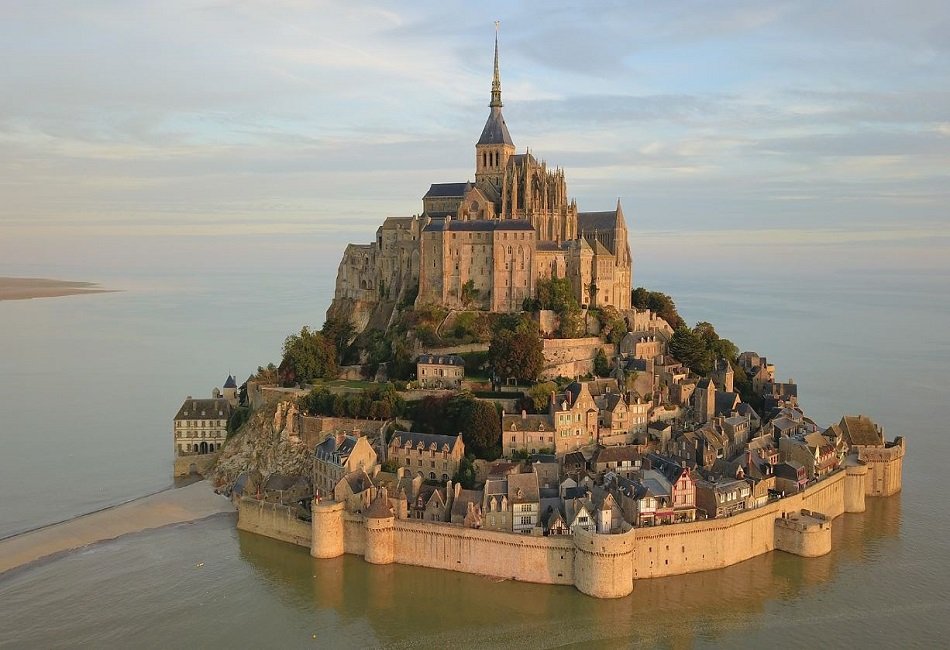
A Marvel of Medieval Architecture
Mont Saint-Michel’s origins date back to the 8th century, when Bishop Aubert of Avranches claimed to have seen Archangel Michael in a vision, instructing him to build a church atop the rocky island. The result was the awe-inspiring abbey that began construction in 966. Over the centuries, Mont Saint-Michel evolved, with Gothic spires, stout fortifications, and narrow winding streets adding to its unique charm.
The Tide Phenomenon
One of the most fascinating aspects of Mont Saint-Michel is its tidal nature. At high tide, the island appears to float on the water, completely isolated from the mainland. At low tide, a vast expanse of sand connects it to the shore, inviting adventurous souls to walk across. However, it’s crucial to heed local advice, as the tides can rise rapidly.

A Stroll Through History
Visiting Mont Saint-Michel is like stepping back in time. As you wander through its cobbled streets, you’ll find charming shops, quaint cafes, and ancient buildings steeped in history. The climb to the abbey is a journey in itself, offering panoramic views of the bay and a glimpse into monastic life. Inside, the abbey’s grand halls and serene cloisters evoke a sense of tranquility and reverence.
Culinary Delights
No visit to Mont Saint-Michel would be complete without sampling the local cuisine. The island is famous for its omelets, particularly those from La Mère Poulard, an iconic restaurant established in 1888. Indulge in fresh seafood, creamy butter, and sweet treats as you soak in the island’s unique ambiance.

Before visiting Mont Saint-Michel, you should have an idea about the following things:
1. Best time to visit
Season: Spring (April to June) and autumn (September to October) usually have pleasant weather and fewer crowds. Summer is the peak tourist season, while winter can be cold and damp.
Tides: Mont Saint-Michel is famous for its dramatic tides. Know the tide schedule in advance; At high tide, the island appears to be floating, while at low tide a wide sand flat is visible. Some areas may be inaccessible during high tide.
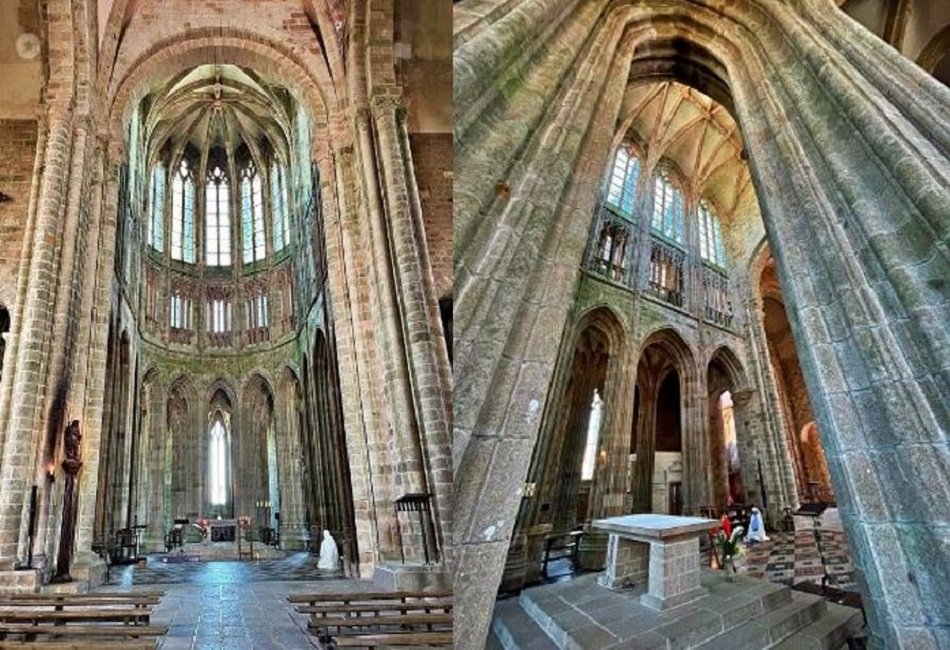
2. Getting there
By Car: There is a large parking lot on the mainland about 2.5 km from the island. You can get there by shuttle bus, horse-drawn carriage, or on foot.
By Train: The nearest train station is Pontorson, about 9 km away. Shuttle buses from the station can take you to Mont Saint-Michel.
3. Entry and Tickets
Abbey Admission: There is an entry fee to visit the Abbey and guided tours are available. Online ticket booking is recommended to avoid long queues.
Opening hours: The abbey is usually open daily, but hours may vary according to the season and day of the week. Visit the official website for up-to-date information.

4. What to wear
Comfortable shoes: The island has steep, narrow roads and many steps. Comfortable walking shoes are a must.
Weather-appropriate clothing: The weather can be unpredictable, so bring layers and be prepared for wind and rain.
5. Dining and Accommodation
Restaurants: The island has a variety of dining options, from casual cafes to fine dining. Try local specialties like omelets and seafood.
Overnight Stays: An overnight stay allows you to experience the island’s quieter, more magical moments when the day-trippers have left. There are hotels on the island and on the nearby mainland.

6. Accessibility
Mobility issues: Steep and narrow roads can be challenging for those with mobility issues. The abbey itself has many steps and uneven surfaces.
7. Respect tradition
Conservation: Mont Saint-Michel is a UNESCO World Heritage Site. Respect local regulations and preserve the site by not littering or damaging it.

8. Local Customs
Quiet place: the abbey is still a place of worship. Be respectful of quiet areas and any religious ceremonies that may be taking place.
9. Guided tours
Enhanced Experience: Consider taking a guided tour to learn more about the history, architecture, and legend of Mont Saint-Michel. Tours are available in multiple languages.
With these tips in mind, you’ll be well prepared to enjoy all that Mont Saint-Michel has to offer. Happy travels!

Original name of Mont Saint-Michel
Originally called “Mont Tombe”, then “Mont Saint-Michel at the risk of the sea,” the island went through centuries of change until finally becoming the third most visited site in France.
Mont-Saint-Michel – Religion
Criterion (vi): Mont Saint-Michel is one of the most important sites of medieval Christian civilization.
UNESCO World Heritage Site
Le Mont Saint-Michel was declared a UNESCO World Heritage site in 1979 and attracts more than three and a half million tourists and pilgrims each year. Sometimes referred to as “The wonder of the Western world”, Le Mont Saint-Michel certainly is a ‘must- see’ French cultural, geographical and historical attraction.

St. Michael in peril of the sea
Popularly nicknamed “St. Michael in peril of the sea” by medieval pilgrims making their way across the flats, the mount can still pose dangers for visitors who avoid the causeway and attempt the hazardous walk across the sands from the neighboring coast.
Can I get married at Mont St-Michel?
Your wedding reception at Mont Saint-Michel should be marked by a memorable culinary experience. The Gates of Mont Saint-Michel welcome your guests in one or several restaurants, available for lunch and/or dinner, accessible on foot, each offering a distinct atmosphere, whether contemporary or family-friendly.

Foods:
Mont Saint-Michel is known for several distinctive and delicious local foods that reflect its unique cultural and geographical setting. Here are some of the culinary highlights you should try when visiting:
La Mere Poulard Omelette:
This world-famous omelet is fluffy and souffle-like, made with a secret recipe by La Mere Poulard, a restaurant established in 1888 by Annette Poulard. It’s cooked in a wood-fired oven, giving it a unique texture and flavor.
Experience: Enjoy it at La Mère Poulard restaurant, located on the island.
Lamb from the Salt Marshes (Agneau de Pre-Sale):
The lambs graze on the salt meadows (pres sales) around Mont Saint-Michel, which gives their meat a distinctive, subtly salty flavor. This delicacy is often served roasted or in stews.
Experience: Look for it in local restaurants that specialize in regional cuisine.

Seafood:
The proximity to the sea means fresh seafood is abundant. Mussels (moules) and oysters are particularly popular, often served simply with a squeeze of lemon or in more elaborate dishes.
Experience: Try the seafood platters at various eateries on the island or in nearby coastal towns.
Butter and Caramel:
Description: Normandy, the region Mont Saint-Michel is part of, is famous for its dairy products. The local butter is rich and creamy, often used in cooking and baking. Salted butter caramel, known as caramel au beurre sale, is a sweet treat that you can find in many forms, including sauces, candies, and spreads.
Experience: Purchase caramel products as souvenirs from local shops.

Galettes and Crepes:
Description: These Breton-style buckwheat pancakes (galettes) and sweet crepes are popular snacks and meals. Galettes are typically savory, filled with ingredients like ham, cheese, and eggs, while crêpes are sweet, often topped with sugar, chocolate, or fruit.
Experience: Enjoy them at creperies on the island and nearby.
Cider:
Description: Normandy is known for its apple cider, which comes in a range of sweetness levels. Cider is a perfect accompaniment to many local dishes, particularly galettes and crepes.
Experience: Try a glass of local cider at any restaurant or café.
When visiting Mont Saint-Michel, make sure to indulge in these local specialties to fully experience the flavors of the region.


